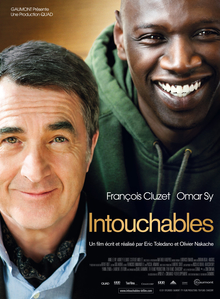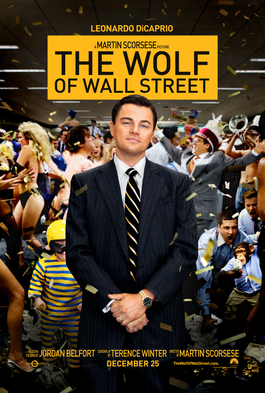Lists









6 Books, 3 Movies
Economics, Data and Statistics
Sort by:
Recent Desc
Numbers are king, always.
Liked by
More lists by Ahmad Hazim



Problem Solving
List includes: Moneyball, The Imitation Game, The Martian
December 2021
1
@azim1203



Badass
Testosterone-driven movies.
June 2021
0
@azim1203



Life
Life is beautiful, dont waste it
June 2021
0
@azim1203



Greedy
List includes: The Wolf of Wall Street, All the Money in the World, Triple Frontier
June 2021
0
@azim1203



Gonna Watch
List includes: American History X, The Hurt Locker, Bronson
July 2020
0
@azim1203



Old But Gold
Favourite old movies.
May 2020
0
@azim1203

Gonna Read
List includes: The Waste Lands
April 2020
0
@azim1203